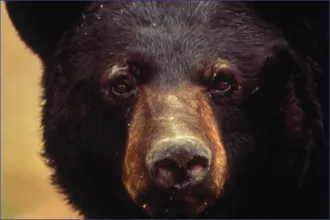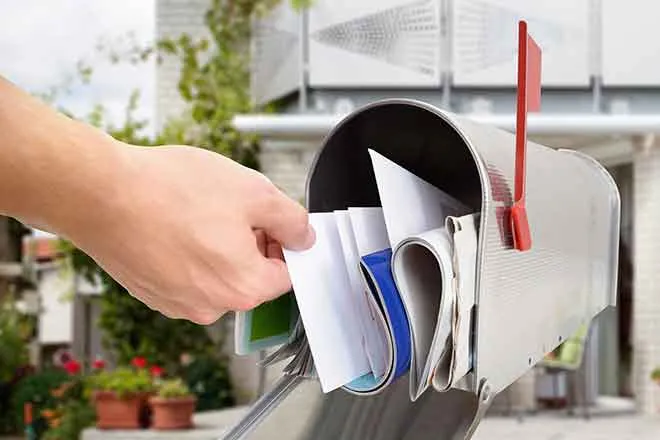
Farm group calls on changes to USDA environmental funding
Click play to listen to this article.
(Big Sky Connection) A farm advocacy group says large corporate agriculture producers are getting federal environmental safeguard funds that were intended for smaller operations.
The Inflation Reduction Act has provided $3 billion for conservation programs designed to shore up farm-related environmental safeguards - many focused on Concentrated Animal Feeding Operations, or CAFOs.
Farm Action President Angela Huffman said a recent shift in Biden administration policy has allowed money intended for small or medium-sized farmers, who've often been underserved by U.S. Department of Agriculture policies, to wind up in the hands of corporate CAFOs.

iStock
"They're already raking in a lot of taxpayer-funded subsidies," said Huffman. "So, we're really urging USDA to reconsider this recent decision."
The latest data show Montana is home to more than 120 CAFOs - just a fraction of the national total of more than 120,000, but significant in a state that has decreased environmental regulations.
Large-scale ag operators say they also are looking for ways to be more environmentally friendly while meeting growing consumer demand for safe, high-quality foods.
Huffman said large ag operations have gotten money to process liquid waste from manure lagoons and to install anaerobic digesters, which remove methane from manure that corporations then sell as an energy source.
Huffman explained neither was intended to be paid for by the Inflation Reduction Act. She added that a recent letter from Congress has asked the agency to reverse course.
"Congress authorized USDA to spend these funds to help smaller and mid-sized producers implement conservation practices," said Huffman, "and that's what the USDA should be doing."
That letter went to Secretary of Agriculture Tom Vilsack, former governor of Iowa, the nation's largest hog producer and home to almost 4,000 CAFOs.
That's the most in the nation, by a factor of more than 3.5.















